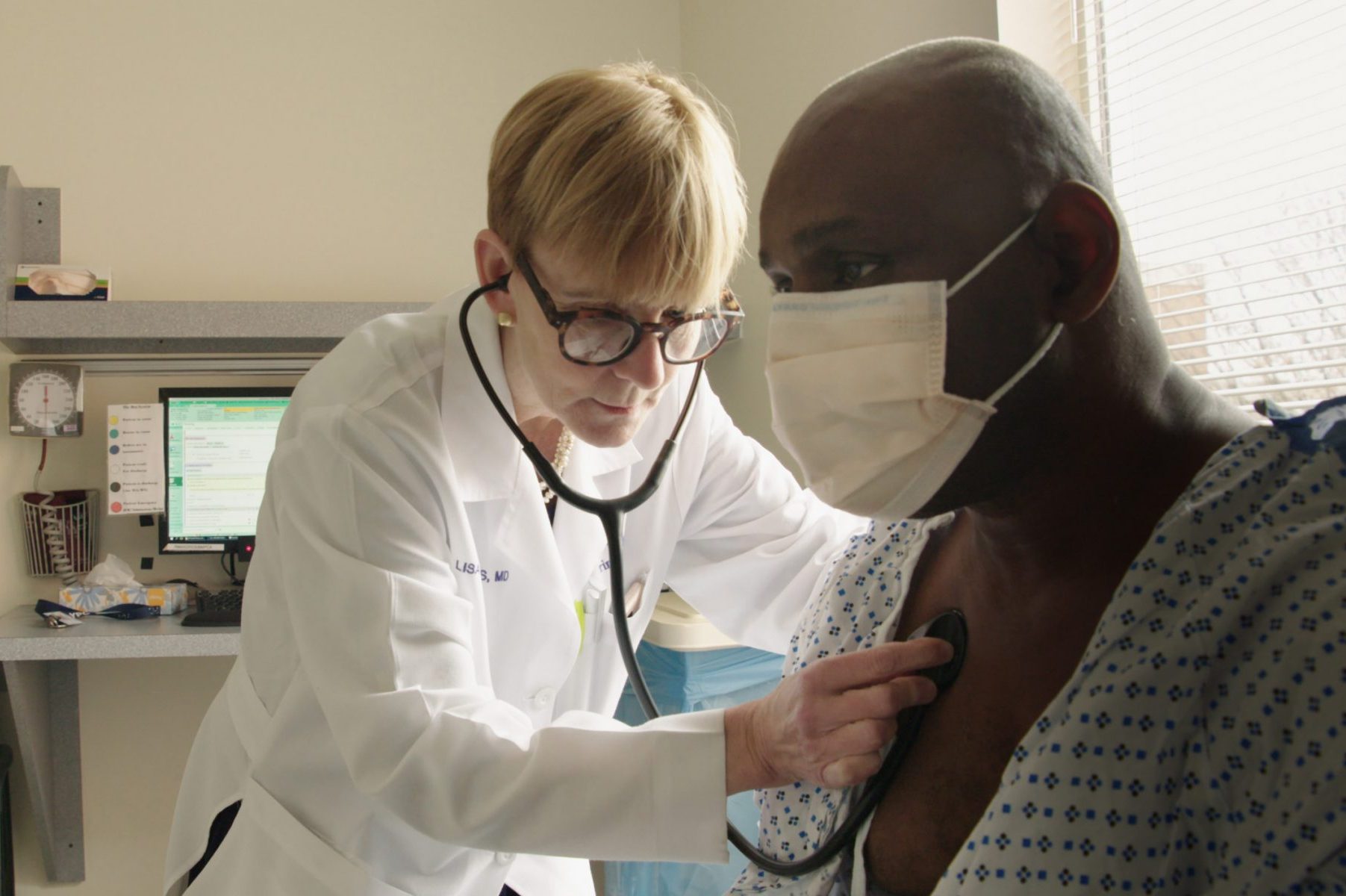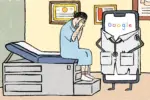If you are active on Instagram, Twitter, Snapchat or Facebook, you probably notice the damaging effects of social media. According to many studies, excessive internet activity can fragment attention, decrease self-esteem and hinder productivity. Users, in their minds and bodies, feel the consequences of unrestrained screen time. But with all the less than optimal side effects, it is easy to overlook the miracles technology accomplishes. Recently, Netflix released “Diagnosis,” a docuseries that follows the online war on mysterious illnesses.
Dr. Lisa Sanders, a physician and professor at Yale University, leads the charge against rare medical conditions. In the first episode, she explains a common misconception about the series’ namesake: diagnosis. Essentially, Sanders explains, diagnosis is an answer to the simple question: “Doctor, what’s wrong with me?” Answers, however, are sometimes complex and evasive.
At the beginning of her career, Sanders likened diagnosis to the multiplication table. Four times six is always 24. Five times five is always 25. Similarly, in her inexperienced mind, a certain set of symptoms always had to equal one specific malady.
As time progressed, Sanders’ thinking began to evolve, and she eventually adopted a new comparison. Diagnosis is not like the multiplication table, and physicians are not essentially mathematicians. Rather, each patient represents a mystery, and doctors must adopt the mindset of Sherlock Holmes. In Sanders’ mind, physicians are detectives who chase suspects that sabotage physical well-being.
In “Diagnosis,” doctors exercise their deduction skills to help people with baffling medical conditions find a resolution. Chronic, undiagnosed pain plagues the lives of these patients. Every day, their bodies lash out at them and no one knows why. Sanders transports viewers into their prospective realities, filled with fear, confusion and astronomical medical bills. In the past, each patient sought extensive medical care, ultimately to no avail.
After common treatments fail, many individuals resign themselves to living with constant pain. Sanders, however, uses a method called “crowdsourcing” to seek solutions for each patient. Simply stated, crowdsourcing involves “. . . obtaining needed services, ideas, or content by soliciting contributions from a large group of people and especially from the online community rather than from traditional employees or suppliers.” Sanders, in collaboration with The New York Times, writes an article about a patient’s bewildering symptoms. Then, she requests insight from professionals, or anyone suffering from similar ailments.
Viewers, in order to see the significance of this program, must understand how doctors typically reach a diagnosis. After introducing her idea, Sanders explains, “One of the tools that doctors use are the other doctors in the room … So what we’re doing is just making the room that much bigger.” By publicizing each patient’s illness, Sanders opens up the examination room to physicians across the world. When experts respond on social media, their discussions form a priceless collection of information.
Skeptical watchers might question the reliability of such an experiment. After all, the internet is home to tons of misguided people, and online guidance is not typically dependable. Rest assured, the docuseries only highlights reasonable suggestions, which usually come from health care professionals. Sanders scours the propositions, and identifies the most practical using her own medical expertise. Through careful examination, she ensures her experiment avoids the unreliability of resources like WebMD.
After extended scrutiny, Sanders presents the suggestions to viewers, who become fellow detectives in her search for a diagnosis. The series transforms the audience into amateur John Watsons. Although this change feels effortless, intentional narrative decisions create the sensation.
Sanders describes potential illnesses using clear, concise language, but withholds a true diagnosis until the last second. By the end of each episode, the suspense is unbearable. If documentaries typically put you to sleep, rest assured, “Diagnosis” bypasses the vibes of a dry procedural series.
The series also avoids another common pitfall of medical entertainment: shameless melodrama. In “Diagnosis,” there is no overdramatic music, workplace romance or resident McSteamy. Most patients, even in the midst of family conflict, maintain professionalism for the cameras. At times, viewers will sense underlying tensions in each subject’s household. The show’s creators, rather than capitalize on cheap entertainment, focus on diseases and diagnoses.
Sanders explains disease theories in a no-nonsense, completely professional way. At times, she even discusses gender and racial bias in the medical community. The series’ sober-minded approach highlights the severity of such problems, and unnecessary drama never distracts from key issues.
Despite the no-nonsense approach, “Diagnosis” has its share of heartwarming moments. Patients, after receiving life-changing answers, unabashedly celebrate their newfound hope. They greet simple pleasures, like exercise or returning to work, with enthusiasm.
Although some diseases evade solutions, Sanders’ articles establish vital connections for each participant. Specialists agree to launch sophisticated investigations into the unknown illnesses. New friendships form between patients, remedying the loneliness debilitating pain can bring. In one case, a veteran discovers government grants that could ease the pressure of his medical bills.
The beneficial results of each article vary between patients. However, all positive outcomes share one feature: a smart stranger on social media. As it turns out, scrolling through Facebook, Twitter, or Instagram does not only inflict harm on humanity. In the midst of their daily routines, these strangers brought revitalizing knowledge to someone’s life. No matter the location, each refused to ignore their sympathy, and could not bear to withhold a good idea.
In the last episode, Sanders reflects on her unconventional experiment. With a sly smile, she concludes that “the crowd performed extremely well.” It’s true, the crowd deserves plenty of praise. Sometimes, even the exact diagnosis came from an enthusiastic crowd member simply looking to help an unknown individual. Sanders, however, also deserves some well-earned applause.
After all, she successfully executed a plan to catch the most elusive criminals in the world. “Diagnosis” is her brainchild, and her intellectual curiosity continues to drive the hunt today. With the commitment of Sherlock Holmes, she chases the diseases that hijack a patient’s well-being. Simultaneously, she also gives viewers the chance to transform social media into a life-saving tool.
















